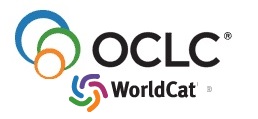2018, Vol. 7(2), pp. 175 – 185.
ISSN 2304 – 1366
http://www.ijmess.com
Wen-Tsann Lin2
Yung-Tsan Jou1
Shu-Wei Lin3
1Dept. of Industrial and Systems Engineering, Chung Yuan Christian University, Taiwan
2Dept. of Industrial Engineering and Management, National Chin-Yi University of Technology, Taiwan
3The University of Melbourne, Australia
In 2005, the Taiwanese government has drawn up The Talent Quality-management System (TTQS) for businesses and medical units to carry out internal human training by offering a sound education and training evaluating system. Hospital executives are more aware of the need to improve the competitiveness of clinical staff and realize that a patient-centered healthcare model requires continuous innovation and quality improvement to enhance the competitiveness of hospitals. Using two-stage clustering (Self-Organization Maps and K-means), this research identified different types of departments-including physicians, medical staff, and administrators and discussed the respective core competency of the different groups. The study result showed the importance of conveying the core competency to the various departments and units in hospitals. Based on analyses we found that hospital staff's core competency identification is essential to help construct a human resources system, serving as a reference for hospitals and corporations in the selection, education, utilization, and retention of talents, as well as a practical benchmark for core competency applicable in the human resource management of hospitals and corporations.
Keywords: Core competency, K-means, self-organization maps (SOM), Two-stage clustering, The Talent Quality-management System (TTQS)
JEL: I11, L15







